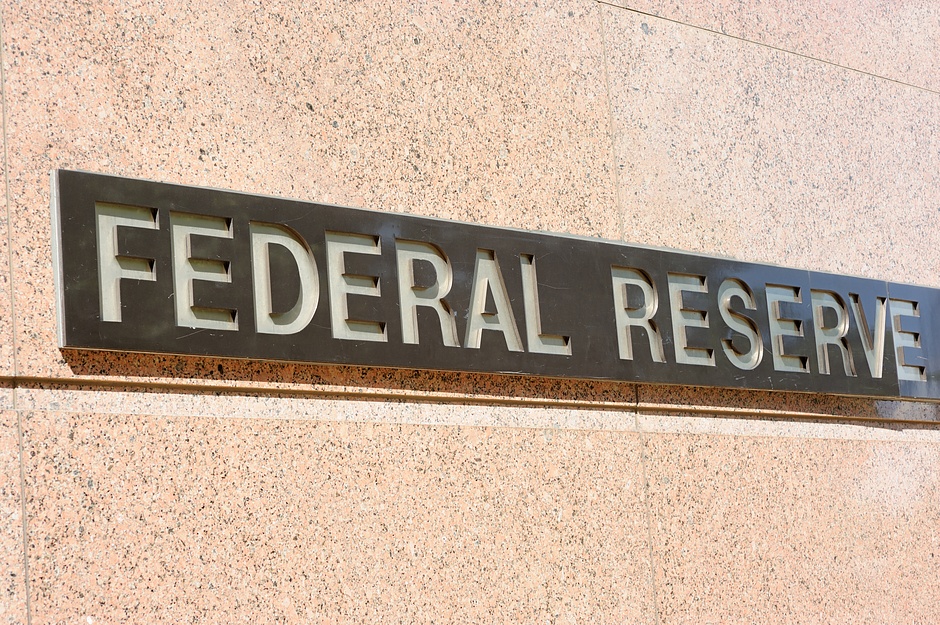Central banks deliver hawkish surprises, what will the Fed do?

Following a series of more hawkish central bank action recently, 50 basis points (bp) hikes have become the new 25bp. Several central banks surprised last week including a 100bp hike in Canada, 75bp hike in the Philippines and an inter-meeting tightening in Singapore.
Meanwhile, while the upward surprise in US June CPI inflation (1.3% m/m) increased the chance of a 100bp hike from the Fed this month the University of Michigan sentiment survey revealed a decline in inflation expectations, with consumer sentiment languishing near all-time lows, dampening expectations of a larger move.
While a 100bp hike at the 26/27 July FOMC meeting is quite possible after the Fed raised rates by 75bp last month, some Fed officials have dampened expectations of such a large move. Officials such as Atlanta Fed President Bostic and Kansas City President George, have highlighted the risks that more aggressive rate increases would hurt the economy at a time when recessions risks have intensified.
As we go into the Fed blackout period, with no Fed speakers ahead of the FOMC meeting and with the key June CPI print out of the way, there will be limited new news for markets to chew on. Markets have fully priced in a little more than 75bp of Fed tightening this month, which seems reasonable, with a 75bp hike the most likely outcome.
This week has kicked off with another outsize increase in CPI inflation, this time in New Zealand where the Q2 CPI reading came in at 7.3% y/y (consensus. 7.1%, last 6.9%) reinforcing expectations of a 50bp hike by the RBNZ at its August meeting.
There are several central bank decisions on tap in the euro area, Japan, China, Turkey, South Africa, Indonesia, and Russia. The outcomes will differ. The European Central Bank is primed to hike by a tepid 25bp, with focus on the likely announcement of an anti-fragmentation tool. Not surprises are expected in Japan (Thu), China (Wed), Indonesia (Thu) and Russia (Fri), with policy likely on hold in all four cases.
In contrast a 50bp rate hike from the SARB in South Africa (Thu) is likely while Russia is expected to cut policy rates by as much 100bp. Aside from central bank decisions earnings releases gain momentum this week while Italian politics will remain in focus.
The US dollar has kicked off this week on a weak footing after ending last week on a softer note. USD positioning remains heavily long though its notable that speculative positioning in the USD index (DXY) has slipped over recent weeks (according to the CFTC IMM data).
Still stretched positioning and lower yields as markets pull back from aggressive Fed tightening expectations will likely cap the USD in the short term. However, it's hard to see the currency losing much ground, with EURUSD parity continuing to act as a magnet.
Author

Mitul Kotecha
Econometer.org
I have worked in the financial industry as a strategist/economist for over 15-years in several corporate and investment banks in London. I have covered a range of financial products including bonds, interest rates, equities and foreign exchange.

















